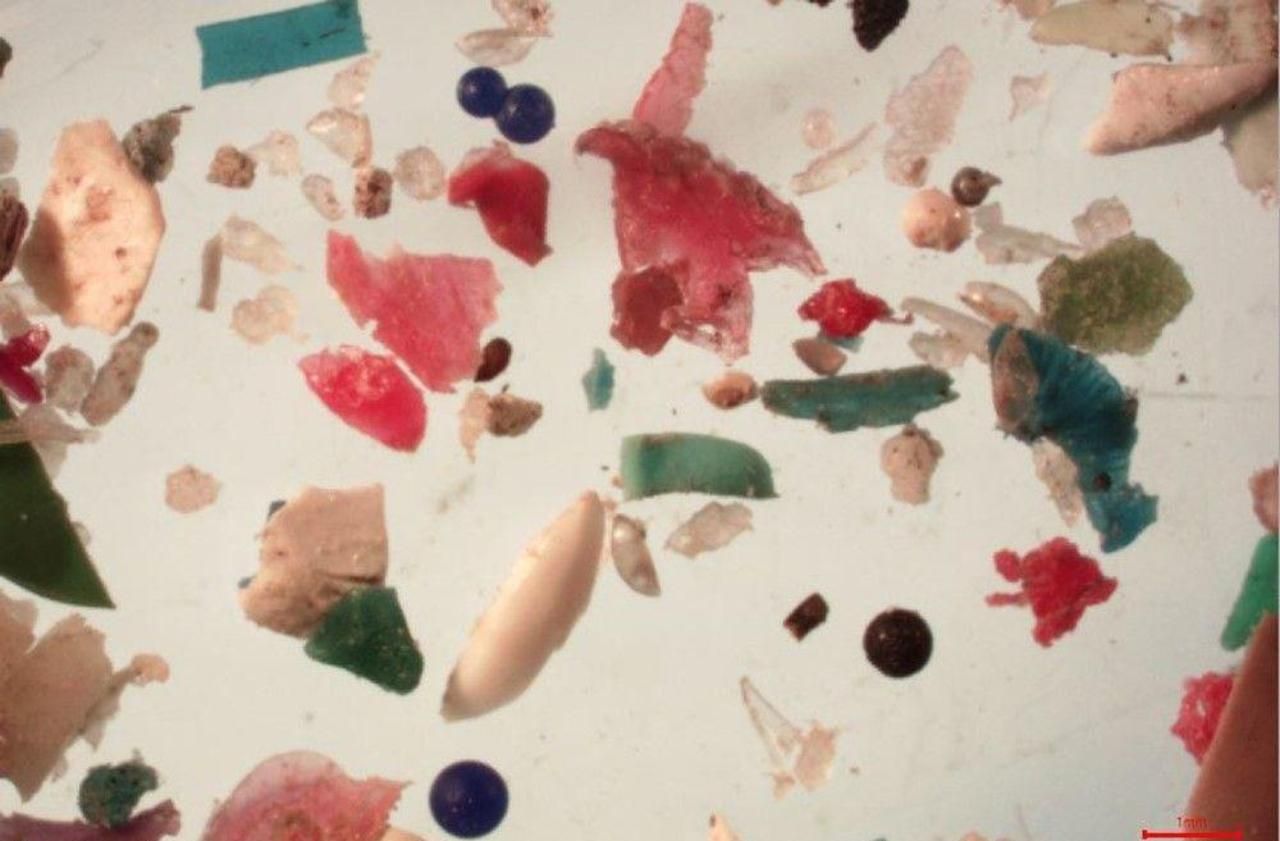Fourteen million tonnes of plastic waste pollutes the oceans.
But not all of them come from the boats that cross in these waters, they would even be mostly rejected by streams and rivers.
In Seine-Maritime, after having inventoried several sites where macroplastics accumulate, the GIP Seine-Aval, which studies the environmental functioning of the Seine estuary, launched for the first time a research program called Plastic-Seine on microplastics, those that are less than 1 millimeter.
READ ALSO>
From plastic pollution to the bowels of the oceans
According to this recently released report, the Seine is moderately to highly contaminated due to human activities.
The Seine estuary has its own characteristics, such as strong tides, a mixture of fresh and salt water very high in its channel and permanent pollution "but low enough for there to be biological life".
Four years of sampling in the estuary
For four years, between Rouen and the estuary of the river, nine teams of scientists from all over France, including those from Ifremer, carried out numerous campaigns to collect microplastics (fragments, fibers, particles) using a boat specially equipped.
“At anchor, only thanks to the force of the current and a weight, a net and a collector went more or less deep to collect water.
With a shovel, they collected sediments and living organisms were caught in their environment, before leaving for various laboratories, ”explains Cédric Fisson, project manager at GIP Seine-Aval.
Scientists chartered a specially equipped boat for the collections.
PIREN
The results are clear: “Even if we are not at the level of Chinese rivers, microplastics are present in a moderate to strong way”.
Indeed, in water, there are on average 6.1 fragments per cubic meter, with a predominance of particles smaller than 0.5 mm and a large variety of plastics (polyethylene, polystyrene, polypropylene).
In sediments, the presence of microplastics varies according to the layers, the presence of eddies and the turbidity of the water.
But, on average, 238 fragments, 827 microbeads and 349 fibers were observed per kilo of sediment.
Sole and mussel particularly affected
It is the aquatic organisms that suffer the consequences.
In fact, apart from white shrimp (44.5% of affected individuals) and common sea bass (50%), contamination rates are very high in many species studied such as gravette worm (61%), European flounder ( 70-80%), common sole (80-98%) or blue mussel (100%).
READ ALSO>
Production of plastics and waste: the alarming report from WWF
“We looked in the digestive tract of each species.
For worms and sole, there is a very rapid ingestion and egestion of plastics.
Passage through the digestive tract exposes the contaminants and additives present.
We can ask ourselves questions about their reproduction or their behavior ”, decrypts Cédric Fisson.
Nets at the outlet of the drain pipes?
This first study confirms a significant presence of macro and microplastics in the Seine.
But what to do now?
For scientists, monitoring biodiversity is necessary "to specify the impact on the ecosystem in general".
With this report, politicians have some elements in hand to try to reduce the presence of plastics.
Will it be necessary to generalize nets at the outlet of the evacuation pipes like those recently tested in Malaunay?
In the meantime, the Autonomous Port of Rouen has just acquired a vacuum cleaner vessel to do a first cleaning.
But a blow on the dust will not be enough.








/cloudfront-eu-central-1.images.arcpublishing.com/prisa/S7ERVSCT4FUVX6R7TUVBDNTH5Y.jpg)


